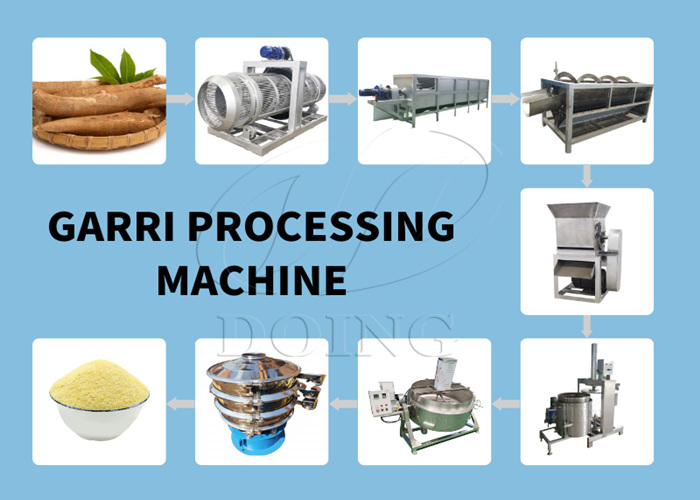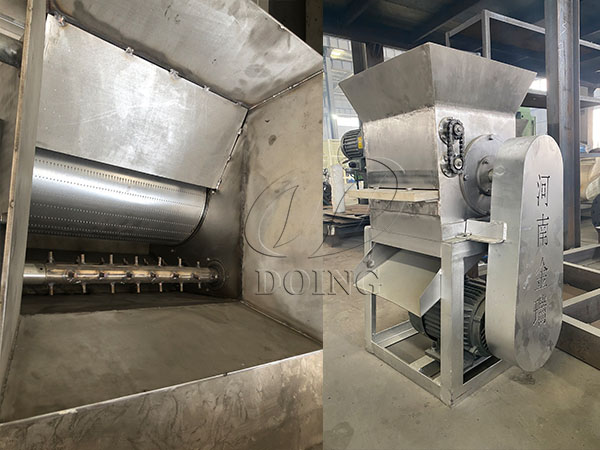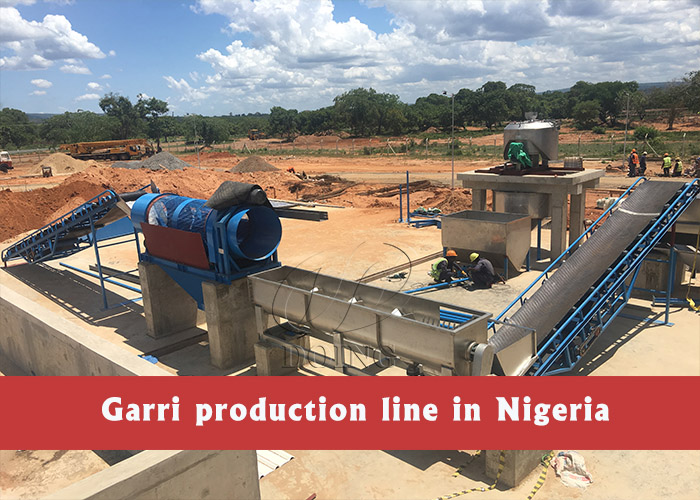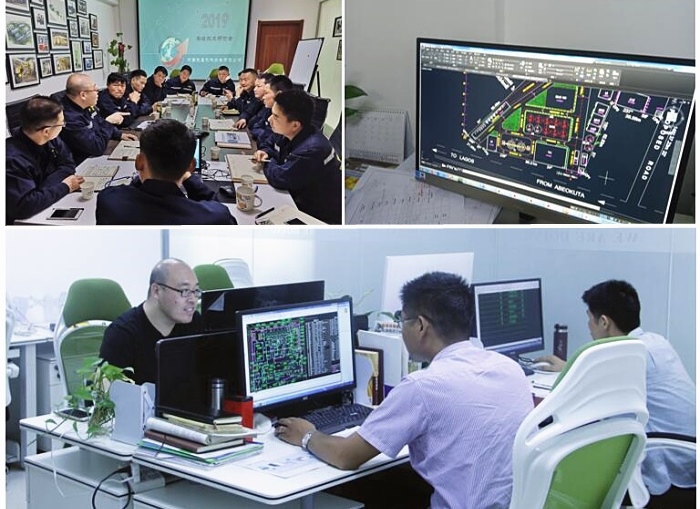Blog
 2025-10-17
2025-10-17How to Design a Flowchart for Processing Cassava? That is often asked by many fresh players of cassava processing business for the flowchart is a critical step in establishing an efficient and profitable processing line. Now let's take garri production as an example and see the steps of flowchart design.
Garri production involves multiple stages—washing, peeling, grinding, frying, sieving, and packaging—a well-structured flowchart helps visualize the entire process, identify potential bottlenecks, and ensure smooth operation. Here’s a guide on how to design such a flowchart.
 garri processing stages and machines
garri processing stages and machines
Step 1: Define the Core Garri Production Process Flow
The foundational flowchart for garri production follows these essential stages:
1. Washing: Fresh cassava roots are cleaned to remove dirt and impurities.
2. Peeling: The outer skin of the cassava is removed.
3. Grinding: The peeled cassava is crushed into a mash.
 cassava grinding machine
cassava grinding machine
4. Fermentation: The crushed cassava mash is fermented to add sour flavor.
5. Dehydration: The fermented mash is squeezed to remove excessive water.
6. Frying: The cassava mash is roasted to reduce moisture and produce garri.
7. Sieving: The fried garri is sifted to achieve a uniform texture and remove lumps.
8. Packaging: The final product is packed for storage or sale.
This basic flowchart serves as a template, but the actual design must be tailored based on the client’s unique situation.
Step 2: Design the Flowchart Based on Client Needs
Customization ensures that garri production line aligns with the client’s capacity, budget, and existing conditions. Here are the key factors to consider:
1. Raw Material Capacity
The scale of operation significantly impacts the selection and layout of garri processing machine. Clients can be categorized into three main types:
- Household Workshops: Processing 3–4 tons of cassava per day. These require small-scale, manual, or semi-automatic cassava processing machines.
- Small-Scale Factories: Handling around 10 tons daily. Here, semi-automatic or fully automatic garri making equipment is recommended to balance efficiency and cost.
 2tph garri production line in Nigeria
2tph garri production line in Nigeria
- Large-Scale Production Lines: Processing 20–30 tons or more per day. These need fully automated, high-capacity cassava production line to maximize output and minimize labor.
For example, a large-scale garri operation might include conveyor belts and automated fryers, while a household workshop could use standalone peelers and manual sieves.
2. Project Budget
The client’s budget plays a crucial role in determining the level of automation and equipment quality. Key cost components include:
- Equipment investment
- Factory construction
- Sea freight and customs clearance
- Installation and training
Clients should discuss their budget in detail with a sales manager, who can recommend suitable cassava machinery. For instance, a limited budget might prioritize essential machines like a grinder and fryer, while a larger budget could allow for advanced features like energy-efficient fryers or automated packaging systems.
3. Existing Conditions
The physical conditions of the client’s site can influence the flowchart design of garri production. Important factors include:
- Factory Size: The layout must fit within the available space.
- Water Source: Proximity to water is critical for the washing stage.
- Power Supply: Equipment choices may depend on whether electricity or alternative energy sources are available.
Clients should share these details with the sales team to ensure the proposed flowchart is practical and feasible.
Step 3: Finalize the Flowchart and Implementation
Once the client’s needs are clear, Henan Jinrui's professional engineering team will refine the flowchart in line with the ideal capacity, local electric condition, and production time, which include specific equipment models, energy requirements, and operational timelines. For instance, a small-scale cassava processing factory might opt for a compact frying machine to save space, while a large-scale operation could integrate a continuous fryer for higher efficiency.
 Henan Jinrui's engineering team
Henan Jinrui's engineering team
Importantly, a garri production line is typically customized to meet the specific needs of each client.
Designing a flowchart for garri production requires a deep understanding of the client’s capacity, budget, and site conditions. By collaborating closely with a professional machinery supplier, clients can create a tailored production line that maximizes efficiency, meets their goals, and ensures high-quality garri output. If you want to set up such a garri processing factory, chat with us!
Want to know more about our products or services? Fill out the contact form below, and we’ll to get back to you and you will get the price list. Please also feel free to contact us by email or phone.( * Denotes a required field).